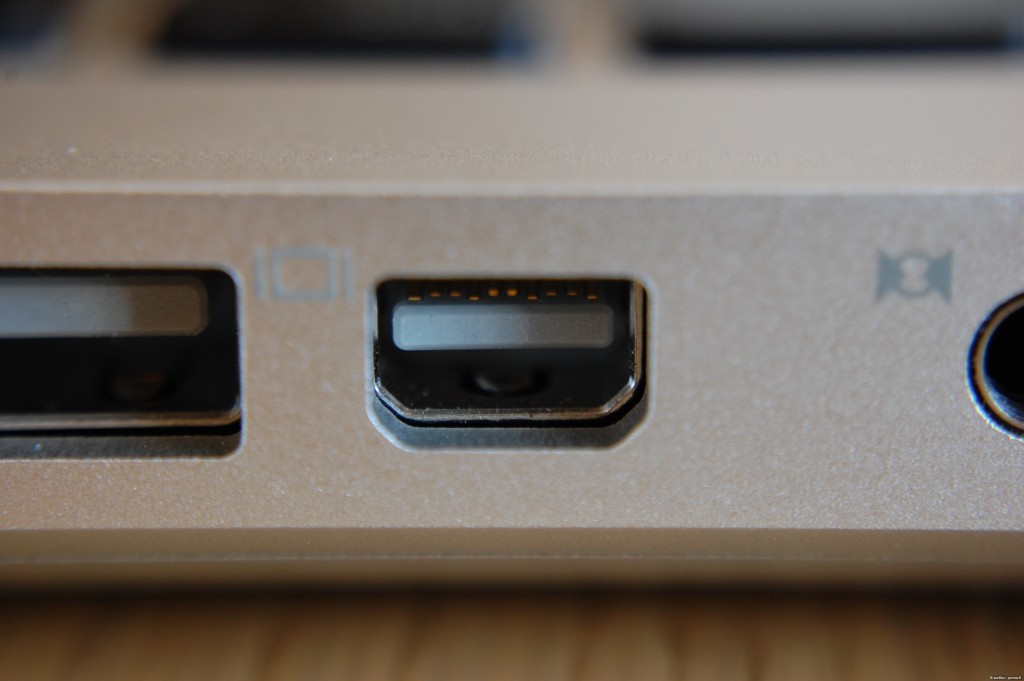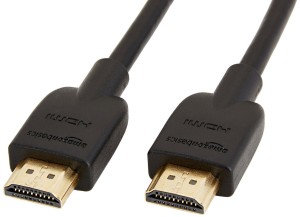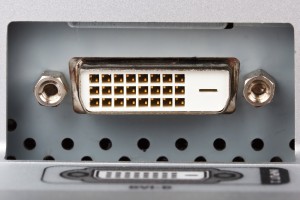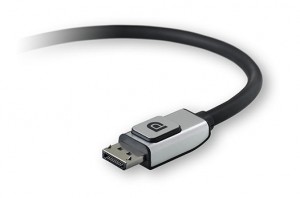HDMI, DVI and DisplayPort: what are the differences and which should you use?

There are a plethora of technologies out there for transmitting data to your monitor. Follow along and we’ll go over some of the more popular ones — HDMI, DVI and Display Port. Not only that, but we’ll show you the differences between all three as well as offer some suggestions on which technology you should try to use for your own setup.
HDMI
HDMI stands for High Definition Multimedia Interface. It’s a proprietary method for transmitting uncompressed video or uncompressed and compressed audio to a device that can take HDMI. This could be your computer monitor at home, a video projector or even a sound setup that supports HDMI.
HDMI has without a doubt become one of the most common display/audio technologies. Most TVs, computers, computer monitors and new audio equipment has HDMI in some form. Not only that, but since cables are cheap, it’s one of the most cost-effective methods for transmitting audio, video or both. With more recent technologies that support HDMI, you’ll get support for 4K (or 2160p) over 60 frames-per-second. Not only that, but you’ll see support for higher bandwidth (e.g. more data can be transmitted faster), 21:9 aspect ratio and more.
DVI
DVI — Digital Visual Interface — is pretty similar to HDMI, though in most cases, it doesn’t do audio. It has support for analog and digital video with support for streaming up to 1920×1200 HD video. This is on a single-link setup, but if you can get dual-link DVI connectors, you can stream all the way up to 2560×1600 in HD video. Its biggest downside is the lack of audio support, so you may need to use two separate cables in your setup. In this case, it’s almost always better to go with HDMI.
It’s also worth offering a quick mention on DVI-I and DVI-D. Many graphics card will have a DVI-I port, which can send out an analog and digital signal. In other words, with a DVI-I port, you’ll be able to easily convert it to VGA with an adapter; however, a DVI-D port is exclusive to a digital signal only, which is what you’ll find on many new graphics cards these days, since analog is slowly but surely being phased out.
DisplayPort
DisplayPort is essentially the same thing as HDMI, but it’s a newer technology. It’s considered the successor to DVI and VGA technologies, supporting streams of 3,840×2,160 pixels at 60 frames-per-second. And like we said, it’s essentially the same thing as HDMI, so it can stream audio signals over the same cable, too. The only downside is how new the technology is and how slow the adoption of it is. While DisplayPort is being included on many new laptops and computers, the adoption is slow, especially when it comes to TVs. That said, if you ever want to connect your laptop or computer up to a larger screen, you’re almost always going to need to use a converter.
But, go ahead — use DisplayPort, you won’t see many differences between it and HDMI at all; however, if you have mostly HDMI technology sitting around the house, using HDMI might be much easier and more efficient instead of using a bunch of adapters.
Which should you use?
We believe the best thing you can use right now is HDMI. Cables are cheap and it’s one of the most common ports you’ll find on technology today. Not only that, but it can also carry audio and video over a single cable, making things all that more seamless. It’s also backwards compatible with DVI. But, if you’re on older technology and only really have a choice between VGA and DVI — DVI is definitely the way to go since it’s the closest you can get to HDMI.
If you want, you can upgrade all your technology to DisplayPort, but that’s quite an expensive ticket for minimal upgrade. Like we mentioned, it’s nearly the same as HDMI, but if you want the latest and greatest, DisplayPort is the way to go.
However, when it comes down to it, because of how easily accessible HDMI is, that’s your safest bet.
Closing
As you can see, there are very few differences between many of the digital display technologies. In fact, the biggest difference you’ll see on this list is that DVI has no real support for audio, while the rest does. It’s also worth noting that these technologies are always improving, so they’re actual specifications are getting even better every few years, at least when it comes to HDMI and DisplayPort.
What technology do you use at home? Be sure to let us know in the comments section below.
























One thought on “HDMI, DVI and DisplayPort: what are the differences and which should you use?”
They work fine with my TV HDMI inputs but there is no audio from the Elite so I have to use a separate connection. What is happening?